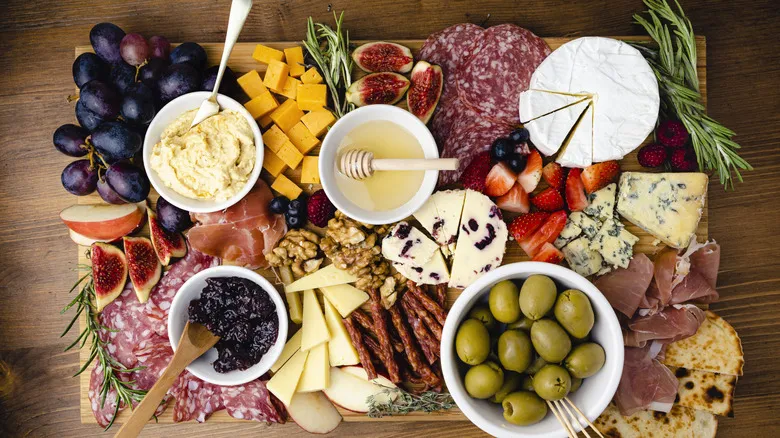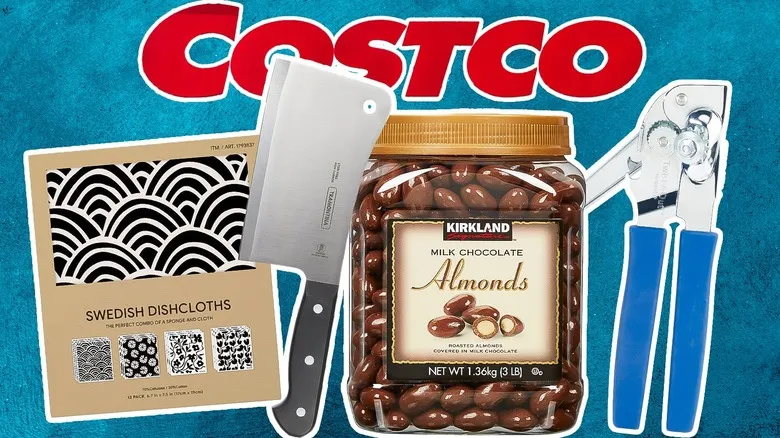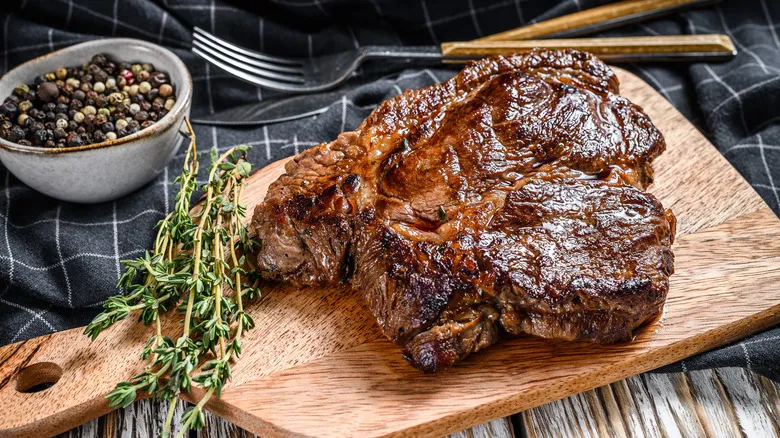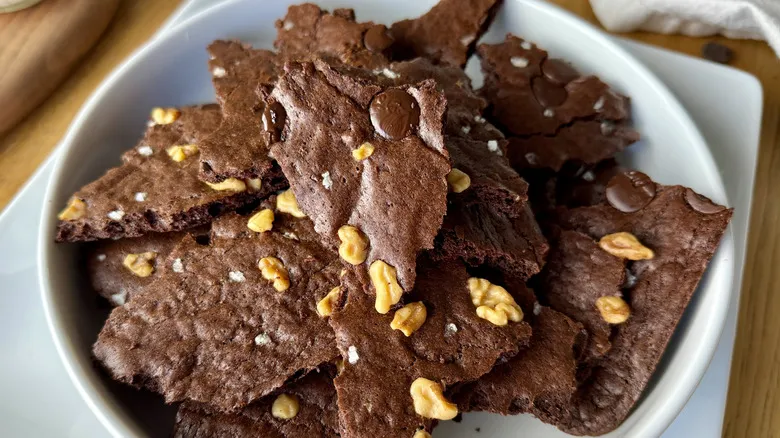Dairy dos and don'ts for pleasing cheesing

Basic doesn’t have to mean boring when it comes to charcuterie board ingredients. A well-crafted spread should feature at least three selections each of meats and cheeses, along with some fruits, condiments, and cornichons. An abundance of options is always appealing. While the variety of cheeses is vast, you can simplify your choices to soft, semi-soft, and semi-hard varieties, steering clear of the extremes. Save the runny, ripe Camembert for another occasion when presentation isn’t a concern, and reserve the Parmesan for grating. It’s also wise to avoid overly pungent cheeses that might overshadow the other flavors.
For reliable choices, start with a soft cheese like chèvre, which is essential for charcuterie boards; it spreads easily while maintaining its shape throughout the event. Next, add a creamy feta for a firmer option, and cap it off with a Gruyère, which is the most rigid you should go. Other cheeses that may not slice well in a group setting are better suited for your next mac and cheese, pasta dish, or enjoyed solo.
Recommended
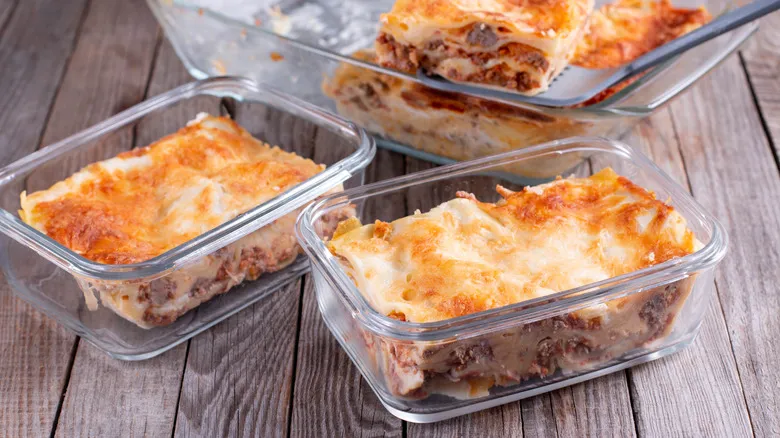
How Long Does Frozen Homemade Lasagna Last?
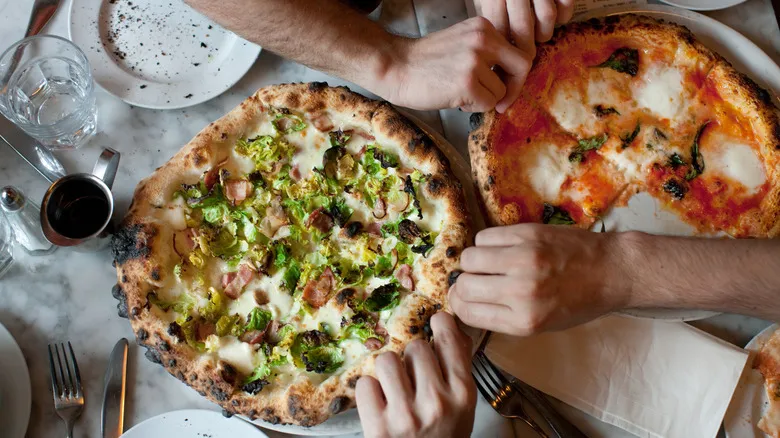
The Unexpected Pepper That Gives Pizza A Pop Of Vibrant Flavor

4 Easy Substitutes For Mushrooms In A Recipe

5 Expert Tips For Making The Ultimate Homemade Kimchi
Next up

